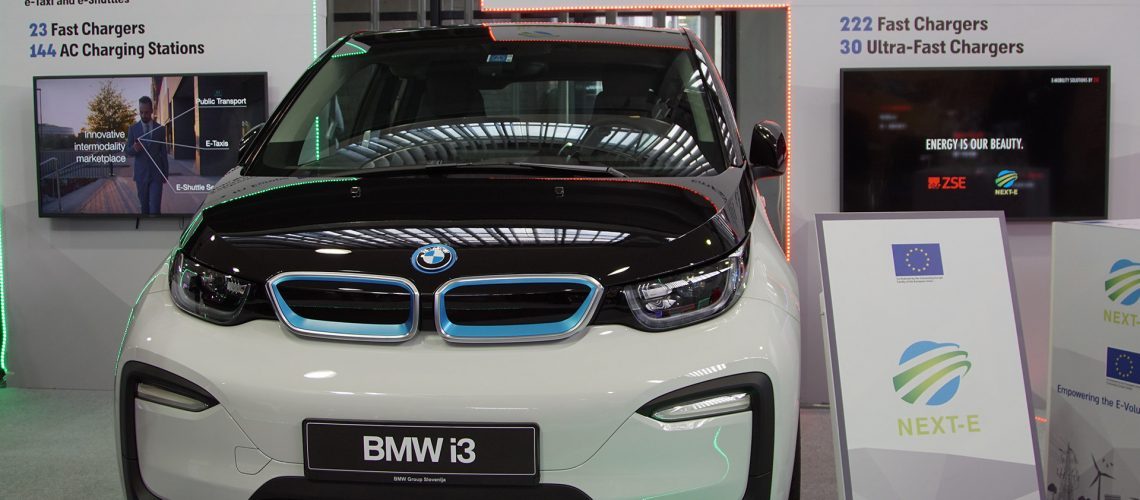This week, I attended an exhibition, albeit a virtual one. While the pandemic has reshaped the world of exhibitions and trade shows, it hasn’t affected the importance of participating as exhibitors. Today, I’d like to write about why, despite these evolutions, it’s still worth exhibiting.
Exhibitions take place in various formats and cater to varying needs. They can be broken down into:
- Trade Shows with Commercial Elements –e.g, an annual exhibition of locally made children’s furniture.
- Professional Exhibitions in Various Fields – e.g. an annual surgical conference featuring state-of-the-art OR equipment.
- Educational Exhibitions – e.g. the “Distance Learning in the Virtual Era” Exhibition.
- Art Exhibitions – e.g the “Leonardo in Monochrome” travelling exhibition.
We’ll focus on local and international professional exhibitions, analyzing the motivations that drive companies to participate. In general, I divide them into two categories:
- Image-Driven Motivations
- Sales-Driven Motivations
Image-driven motivations relate to the marketing aspects of projecting trust, quality, reliability, aesthetic values, national and international exposure, and everything that contributes to brand recognition.
Sales-driven motivations address questions of viability, functional aspects, consumer needs, availability, prompt delivery, and pricing.
What’s in it for the Exhibitor?
A company’s sale’s are directly connected to their ability to successfully market themselve, and a seller or manufacturer of products can interact with the end buyers through various forms of exposure. The basic exposure point is the point of sale. Other variations are built on written, electronic, and online platforms, public relations, etc. Exhibition exposure is unique for the following reasons:
- Rarity – The exhibition is a manifestation of the traditional fair, usually regional, sometimes even national, where “manufacturers” can directly engage with the target audience. Customers have the opportunity for a reverse auction that lowers the product prices. The exhibition brings the manufacturer and buyer together in the most direct and immersive manner.
- Best Presentation – Anything that cannot be executed through written or virtual tools happens in three dimensions, with first-class demonstration capabilities and the aid of cutting-edge presentation technology.
- Experts on-site – The ability to bring the best presenters is a significant advantage.
- Multi-art artistry – The exhibition venue is a wonderful stage for the artist-designer. The artistic concept serves all the exhibitor’s needs by creating integration and connection to the brand.
- Price – The cost of a professional exhibition presentation is usually differential and tailored, but still accessible to everyone. The exhibition is a limited-time campaign, precisely crafted, and allows for a dedicated budget.
The Key Tools
I’ll divide the investment in the exhibition into three parts:
- Display Area – Payment for the size of the display area and basic utilities such as electricity and proximity.
- Designers – Visual and presentation designers. Large exhibitions require lighting as well. They all serve a concept built on the brand’s values.
- Display Elements – Physical elements like chairs, tables, screens, amplification, and lighting. In special cases, unique tools such as 3D laser projectors, elevated platforms, transparent stages, and more.
Operational exhibition planning can be complex if you choose to incorporate elements of crowd engagement or audience activation. In this case, the exhibitors have numerous auxiliary means, such as illusionists, cosmologists, and musicians, who are among the most popular trends in the market, creating an impact on visitors. Everything thus far aims to emphasize the brand and product values, for which the exhibition is constructed.

